Fri 17 / 07 / 15
Compete with the Big Boys
Simon Andrews, Clearview Communications, discusses how smaller businesses can compete with big budgets and major brands.
The huge budgets and seemingly all pervasive presence of major brands can be very disheartening for smaller businesses. How can you compete? How will you even get noticed against such established names? Well, the answer is often to be found in your message and your brand identity. Here’s how
The message comes first, and that’s the subject of this blog. The message is more than just a strapline or a pithy phrase. It’s a whole set of words and concepts that encapsulate what your business really is, its values, its strengths and its aspirations. Everyone knows what their business message is - until someone asks them, that is.
A well-developed message will begin to provide you with the ammunition to compete with larger, more well-known brands. It will help to differentiate your business – maybe its technical expertise, its reputation for quality, local support, perhaps your green credentials. An effective and sustainable message will also be credible and realistic.
So, how do we help work out what your message should be? There are a number of ways of going about this, but a very effective solution is a messaging workshop. Using a workshop approach automatically involves people from different areas within your business.
It’s surprising how, even in a small business, this can throw up ideas that may not have been obvious to those at the top. A workshop also helps focus the mind. Half a day (usually) in one room, with an expert leading the discussion, is far more effective than lots of informal chats along the lines of “we really must do something about……”.
In addition to the workshop, it’s often very useful to get an external perspective. Brief interviews with key customers and suppliers will uncover what they see as your strengths and weaknesses – and these comments should all be added to the mix. Customers and suppliers experience a different side of your business – one that you don’t and can’t see.
These insights can be invaluable, but unless you ask them, you’re unlikely to find out!
When all this information has been gathered it needs to be condensed into a useable form. As a rule, just three or four headings will suffice, with the data collected forming the proof or “evidence” that backs up the headings…. This can easily be shown graphically as a “message house” – there is a simple example at the end of this blog.
You now have the basis of your message. These are the building blocks that underpin your marketing collateral, they determine the tone of voice you use and they act as reference points as you develop your content. They can also provide subjects for blogs and useful posts for your Facebook page. And, of course, they also provide the inspiration for your strapline - that succinct attention-grabber that I mentioned at the beginning.
As for how the message becomes the strapline – well, that’s a whole other blog… watch this space!
You might also like:
If you want to contribute to the Chamber blog, contact us on hannah@brightonchamber.co.uk


